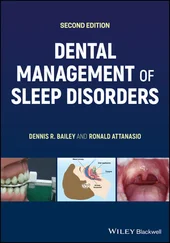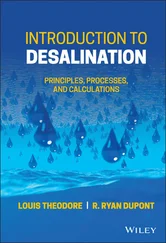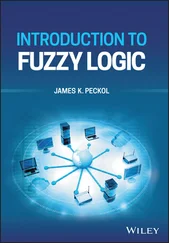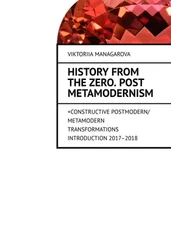Source: https://knowyourmeme.com/photos/1425673‐am‐i‐a‐joke‐to‐you
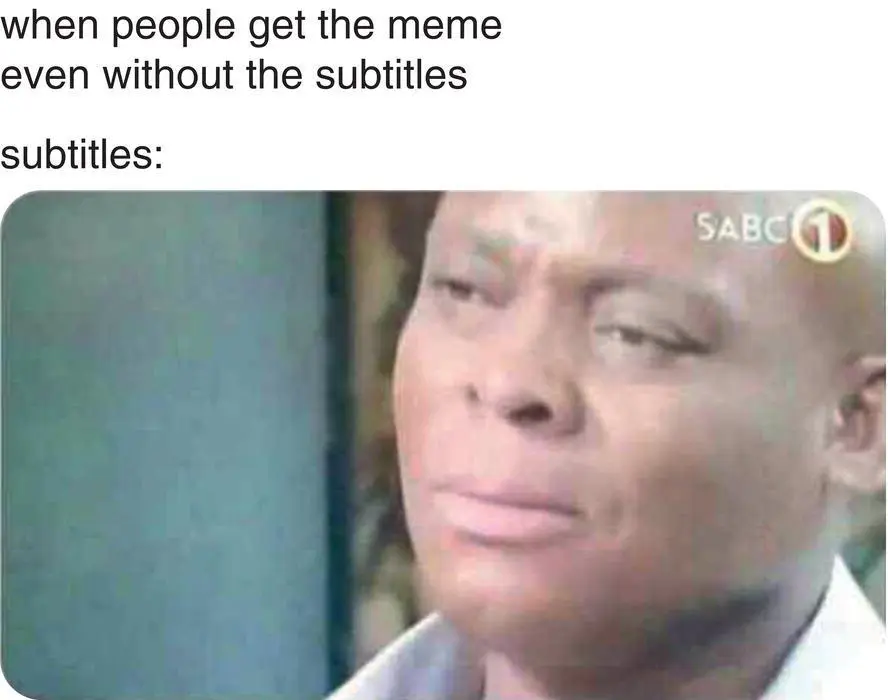
Figure 2.2 ‘Am I a joke to you’ meme without subtitles.
Source: https://meme.xyz/meme/42875&nomobileview=1
The larger social functions of meanings are multiple; as in this last example, memes can also be used to make socially critical and political statements (see also Piata 2016 for an analysis of Greek political campaigns). However, it should also be noted that there is research which describes the social meanings of memes as largely phatic(Varis and Blommaert 2015; Laineste and Voolaid 2017). In other words, the social work done by memes is entertainment and the creation of connection based on shared cultural knowledge.
What is the relationship between a language and a dialect? This chapter seeks to acknowledge many nonlinguists’ perceptions about this issue while presenting the sociolinguists’ stance that particular ways of speaking are considered distinct languages or subordinated dialects because of sociopolitical ideologies and identities, not because of linguistic differences between varieties. While a ‘language’ is considered an overarching category containing dialects, it is also often seen as synonymous with the standardized dialect; yet closer examination of the standard reveals that it is a value‐laden abstraction, not an objectively defined linguistic variety. Further, every language has a range of regional dialects and social dialects, which develop due to social belonging as well as social stratification in linguistic communities. We also introduce some ideas about how these different varieties are used to create social meanings, looking at the processes of indexicality, enregisterment, and entextualization. These interrelated concepts are discussed and defined with a focus on how they are part of language users’ identities and social interactions.
1 Read the article from The Independent titled ‘God save the Queen’s English: Our language is under threat from ignorance, inverted snobbery, and deliberate “dumbing down”.’ (You can find this in the links listed for this chapter on the website for this textbook.) Find evidence of the following aspects of the ‘standard language myth’ referred to in this chapter, notably:the standard as natural, as evidenced by its widespread use;the link between the standard and the heritage and identity of its users;the standard as linguistically superior;the standard as a clearly defined variety with recognizable features.
2 Find an internet meme and discuss it in terms of indexicality and entextualization. Define these terms and how they apply to the meme. What meaning is intended to be derived from the meme, or is it ambiguous? How is meaning derived by the viewer? What is the larger context of the use of the meme and how does this influence its interpretation?
3 Representing dialect. Find a novel that portrays AAVE speakers, such as the more recently published The Hate U Give by Angie Thomas or classics such as The Color Purple (Alice Walker) or Their Eyes Were Watching God (Zora Neale Hurston). What linguistic features are used in the dialogues to represent Black speakers? (Name at least four.) How are they similar to or different from the features discussed in this chapter? (Keep in mind that we have in no way presented a comprehensive list of features of AAVE; you may need to consult other research on AAVE if you want to draw conclusions about whether this fits with linguists’ descriptions of the dialect.) Name and describe the features and give examples from the novel you are using. Do you think this writing represents authentic speech? What do you know about the author that contributes to your position on this?
1 Cukor‐Avila, P. and A. Balcazar (2019). Exploring grammatical variation in the corpus of regional African American language. American Speech: A Quarterly of Linguistic Usage 94(1): 36–53.
2 Hughes, Arthur, Peter Trudgill, and Dominic Watt (2013). English Accents and Dialects: An Introduction to Social and Regional Varieties of English in the British Isles. Abingdon: Routledge. This fifth edition offers an up‐to‐date description and discussion of British Isles dialects, including both rural and urban varieties which reflect the contemporary societies of this region.
3 Jaffe, A. and N. Coupland (2016). Indexicality, stance and fields in sociolinguistics. In Sociolinguistics: Theoretical Debates. Cambridge: Cambridge University Press, 86–112. For students interested in how language is used to position speakers, this book explores this topic through research in a variety of languages and cultures.
4 Lanehart, Sonja L. (ed.) (2015). The Oxford Handbook of African American Language. New York: Oxford University Press. This volume offers an overview of African American language and its development, structure, and use.
5 Simmons, R. V. (2017). Whence came Mandarin? Qīng Guānhuà, the Běijīng dialect, and the national language standard in Early Republican China. Journal of American Oriental Society 137(1): 63–88.
6 Wiggins, B. E. (2019). The Discursive Power of Memes in Digital Culture: Ideology, Semiotics, and Intertextuality. London: Routledge.
7 Wolfram, W. and N. Schilling (2015). American English: Dialects and Variation, vol. 25. Hoboken, NJ: John Wiley & Sons, Inc. A comprehensive discussion both of issues in the study of dialects and of dialects specific to the US context, this text addresses theoretical issues involved in the study of language variation as well as applications of this knowledge to educational contexts.
1 Agha, A. (2006). Registers of language. In A. Duranti (ed.), A Companion to Linguistic Anthropology. Oxford: Blackwell.
2 Akkaya, A. (2014). Language, discourse, and new media: A linguistic anthropological perspective. Language and Linguistics Compass 8(7): 285–300.
3 Alim, H. S., J. R. Rickford, and A. F. Ball (2016). Raciolinguistics: How Language Shapes Our Ideas About Race. Oxford: Oxford University Press.
4 Auer, Peter (2013). Ethnische Marker im Deutschen zwischen Varietät und Stil. Das Deutsch der Migranten (IDS Yearbook 2012), 9–40.
5 Auer, Peter and Inci Dirim (2003). Socio‐cultural orientation, urban youth styles and the spontaneous acquisition of Turkish by non‐Turkish adolescents in Germany. In J. K. Androutsopoulos and A. Georgakopoulou (eds.), Discourse Constructions of Youth Identities. Amsterdam: John Benjamins, 223–246.
6 Bauman, R. and C. L. Briggs (1990). Poetics and performance as critical perspectives on language and social life. Annual Review of Anthropology 19: 59–88.
7 Blake, Rene (1997). Defining the envelope of linguistic variation: The case of ‘don’t count’ forms in the copula analysis of African American Vernacular English. Language Variation and Change 9(1): 57–79.
8 Britt, Erica and Tracey L. Weldon (2015). African American English in the middle class. In Sonja L. Lanehart (ed.), The Oxford Handbook of African American Language. New York: Oxford University Press.
9 Brozović, D. (1992). Serbo‐Croatian as a pluricentric language. Pluricentric Languages: Differing Norms in Different Nations 62: 347.
10 Bucholtz, M. (1999). You da man: Narrating the racial other in the production of White masculinity. Journal of Sociolinguistics 3(4): 443–460.
11 Bunk, O. and M. Pohle (2019). 5 ‘Unter Freunden redet man anders’: The register awareness of Kiezdeutsch speakers. In The Sociolinguistic Economy of Berlin: Cosmopolitan Perspectives on Language, Diversity and Social Space 17: 97–124. Berlin: De Gruyter.
Читать дальше
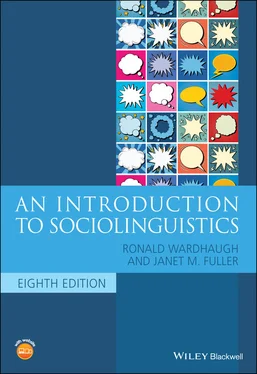




![Andrew Radford - Linguistics An Introduction [Second Edition]](/books/397851/andrew-radford-linguistics-an-introduction-second-thumb.webp)

